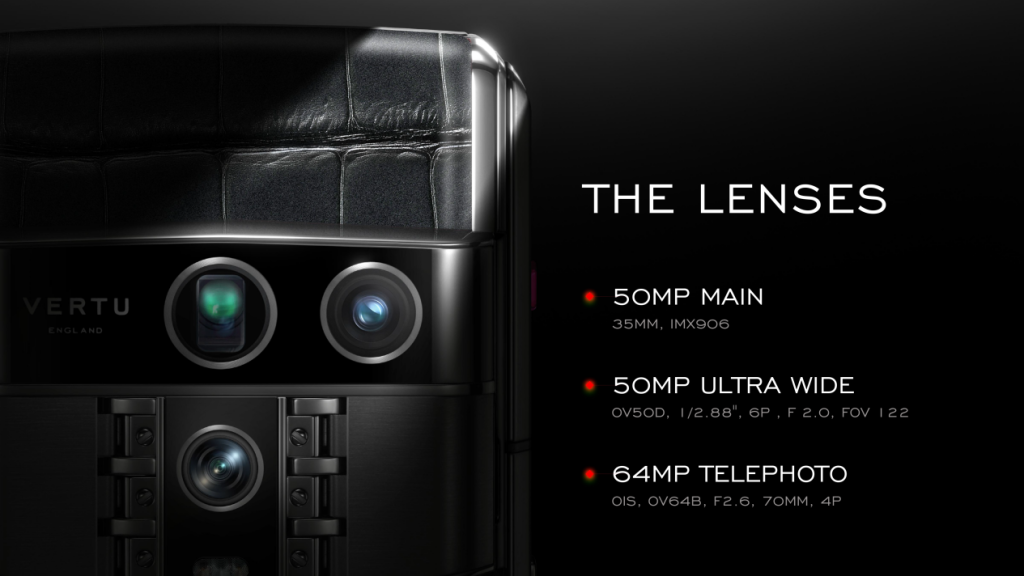Agent Q for Portraits: Unlocking the 35mm Golden Focal Length
The Agent Q camera system is engineered to excel in humanistic and street photography, primarily due to its 35mm equivalent main lens. This focal length is celebrated by masters for providing a natural perspective that closely matches the human eye.
To elevate your people shots from simple snapshots to compelling portraits, you must leverage Agent Q’s variable aperture and specialized techniques. Here are the essential tips for capturing emotion, freezing action, and mastering the light for stunning people photography.
1. Mastering Light and Emotion (The McCurry Method)
Great portraits are defined by light and eye contact. Agent Q gives you the tools to shape both.
Use f/1.59 for Maximum Subject Isolation
- Setting: Switch the aperture to its widest setting, f/1.59, or slightly closed down to f/2.8.
- Why it works: This creates the shallowest Depth of Field (DoF), blurring the background (bokeh) and making your subject pop. This is ideal for powerful, distraction-free emotional portraits.
- Pro Tip: Ensure your focus is razor-sharp on the subject's eyes. Even minor focusing errors at f/1.59 will be noticeable.
The Secret of Soft and Sculpted Light
- Avoid: Harsh mid-day sunlight, which creates unflattering shadows under the eyes.
- The Best Light: Shoot during the Golden Hour (soft, warm light) or use Diffused Light (shooting on a cloudy day or near a large window). Diffused light minimizes harsh shadows and preserves skin tones.
- Side Lighting: Position your subject to be lit by 45° Side Light. This classic technique sculpts the face, highlights texture, and adds a three-dimensional quality to the portrait.
Spot Metering for Perfect Facial Exposure
- The Challenge: When a background is much brighter or darker than the person, the camera’s automatic metering can be fooled.
- The Fix: Always use Agent Q’s Spot Metering mode, and place the metering circle directly on the subject’s face (or a neutral skin tone area). This guarantees the skin tone exposure is accurate, regardless of the distracting light around them.
2. Freezing the Action: Street Photography & Decisive Moments
When shooting candid moments or moving subjects, speed is everything. You need to control the shutter speed to capture the “Decisive Moment” without blur.
Freeze Motion with High Shutter Speed
- Key Setting: Set your shutter speed to 1/500 second or faster.
- Application: This speed is essential for freezing people walking, jumping, or gesturing, ensuring the action is tack-sharp and conveying energy.
- ISO Management: If you increase the shutter speed, you may need to raise the ISO (e.g., to 400 or 800) to maintain proper exposure, but always try to keep ISO below 400 for optimal Agent Q image quality.
Controlling Depth of Field for Street Scenes
- The Need: Unlike isolated portraits, street photography often requires both the subject and their environment to be in focus for context.
- The Fix: Stop down your aperture to f/4. This balances light gathering with increased DoF, ensuring the subject is sharp even if your focus point is slightly off due to fast shooting.
- Focus Tip: Use Agent Q’s Continuous Autofocus (AF-C) mode to track moving subjects effectively, and use the Burst Mode to capture a sequence of frames for better timing.
3. Advanced Narrative: Documentary and Group Photography
For group shots or powerful black-and-white documentary images, context and contrast are key.
Black and White Contrast Settings
- Format: Shoot in RAW+JPEG. The RAW file retains maximum dynamic range for extreme contrast adjustments and tonal control in post-processing.
- Exposure Compensation (EC): When shooting dramatic lighting (like sun setting on a large group), use EC at -0.3 EV. This protects the brightest highlights from being overexposed, giving you more detail to work with when converting to black and white.
Using Oblique Light to Define Volume
- Lighting: Seek out oblique light (light hitting the subject from the side or side-back) during the early morning or late afternoon.
- Effect: This lighting defines the contours, textures (like clothing or weathered faces), and volume of your subjects, which translates into powerful, dramatic contrast when processed in monochrome.
The Four-Step Practice: Your Path to Portrait Mastery
To truly internalize these settings, follow Agent Q's recommended practice method:
- Replicate: Strictly follow the Master Settings (e.g., f/1.59, Spot Metering) to reproduce classic shots.
- Deconstruct: Analyze your image failures/successes. Did the focus miss? Was the light too harsh?
- Refine: Tweak one setting (e.g., change the aperture from f/1.59 to f/2.8) and shoot again.
- Personalize: Apply the learned techniques to your own subjects and locations to create your signature style.
Start shooting with purpose. Agent Q provides the hardware—you provide the vision.








